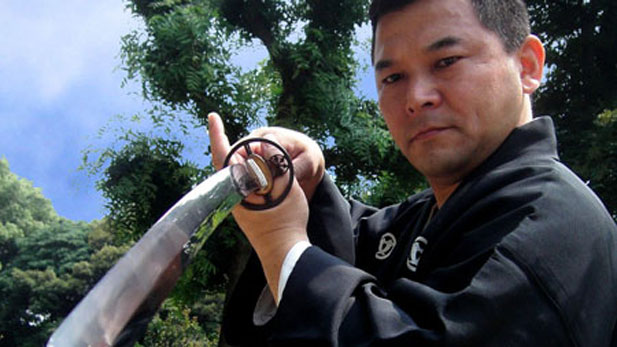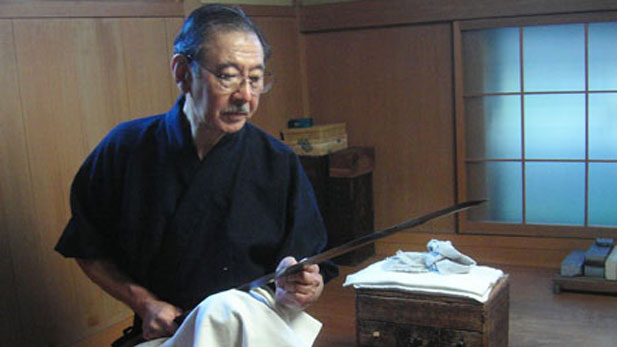
English archers had their longbows, Old West sheriffs had their six-shooters, but samurai warriors had the most fearsome weapon of all: the razor-sharp, unsurpassed technology of the katana, or samurai sword. The beauty and lethality of the curved steel blade became identified with the distinctive culture of those who wielded it so expertly: the samurai warriors of medieval Japan, celebrated in countless Japanese films.

Fifteen traditional Japanese craftsmen spent nearly six months creating the sword that NOVA follows through production, from smelting the ore to forging the steel to sharpening the blade to a keen edge, capable of slicing through a row of warriors at one swoop.
Japanese sword-making began centuries ago, before electron microscopy, mass spectrometry and other tools of modern materials analysis were available to help scientists understand exactly why the swords are as good as they are. Professor Michael Notis of Lehigh University, an expert on samurai swords, sheds light on the scientific principles that underlie the weapons’ strength, resilience, beauty and distinctive shape.
During smelting, iron-ore sand is heated with charcoal, which provides a source of carbon that alloys with the iron to create steel. In the ancient smelting furnaces the steel never reached a liquid state, which resulted in a product with varying amounts of carbon throughout. The harder high-carbon steel was forged into the sword’s edge, which had to be hard and sharp, while the more resilient low-carbon steel was used as the core of the weapon to produce a blade resistant to breaking during combat.
This sandwich of two different types of steel shrank at different rates during cooling, or quenching. This caused the blade to warp lengthwise and gave it its distinctive curve that proved so deadly when wielded in a slashing arc.
Without access to the insights of modern science, Japanese craftsmen a millennium ago worked out an exacting method that is still followed by a devoted few and that produces the Stradivarius of swords.
See previews and find out more at pbs.org
Watch it Saturday, June 28th at 8:00 p.m. on KUAT-HD

By submitting your comments, you hereby give AZPM the right to post your comments and potentially use them in any other form of media operated by this institution.